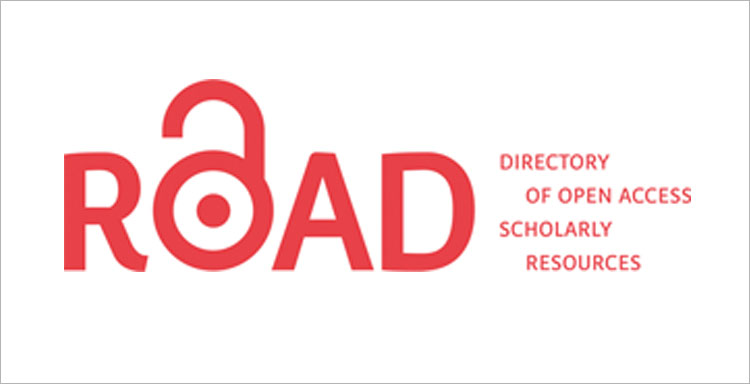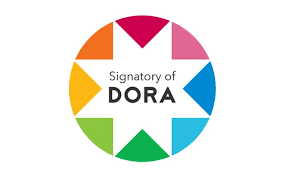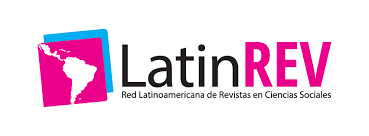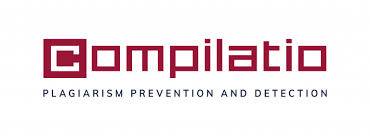TEACCH methodology as a structured teaching principle for students with Autism Spectrum Disorder: A review study
Abstract
The educational inclusion of children with Autism Spectrum Disorder requires the application of specific methodologies that address the needs arising from the deficits and neurocognitive characteristics associated with this neurodevelopmental disorder. The TEACCH method aims to maximize the adaptation of materials and structure the environment to improve the academic and functional skills and abilities of the students who use them. Adaptations based on the principles of this methodology are reflected in the management of time, space, work system, and materials used.
Downloads
References
Mesibov, G. y Howley, M. (2010). El acceso al currículo por alumnos con Trastornos del Espectro del Autismo: Uso del programa TEACCH para favorecer la inclusión.
Ávila: Autismo Ávila. Probst, P., y Glen, I. (2011). TEACCH-based interventions for families with children with autism spectrum disorders: outcomes of a parent group training study and a home-based child–parent training single case study. Life Span and Disability, 14(2), 111-138.
Sanz-Cervera, & Fernández-Andrés, Pastor-Cerezuela, Tárraga-Mínguez, M. a. I. G. R. (2018). Efectividad de las intervenciones basadas en metodología Teacch en el trastorno del espectro autista: un estudio de revisión. Papeles del Psicólogo, 39(1), 40-50. https://doi.org/10.23923/pap.psicol2018.2851
Downloads
Published
How to Cite
Issue
Section
License
Copyright (c) 2020 Revista Científica Multidisciplinaria SAPIENTIAE. ISSN: 2600-6030.

This work is licensed under a Creative Commons Attribution-NonCommercial-ShareAlike 4.0 International License.
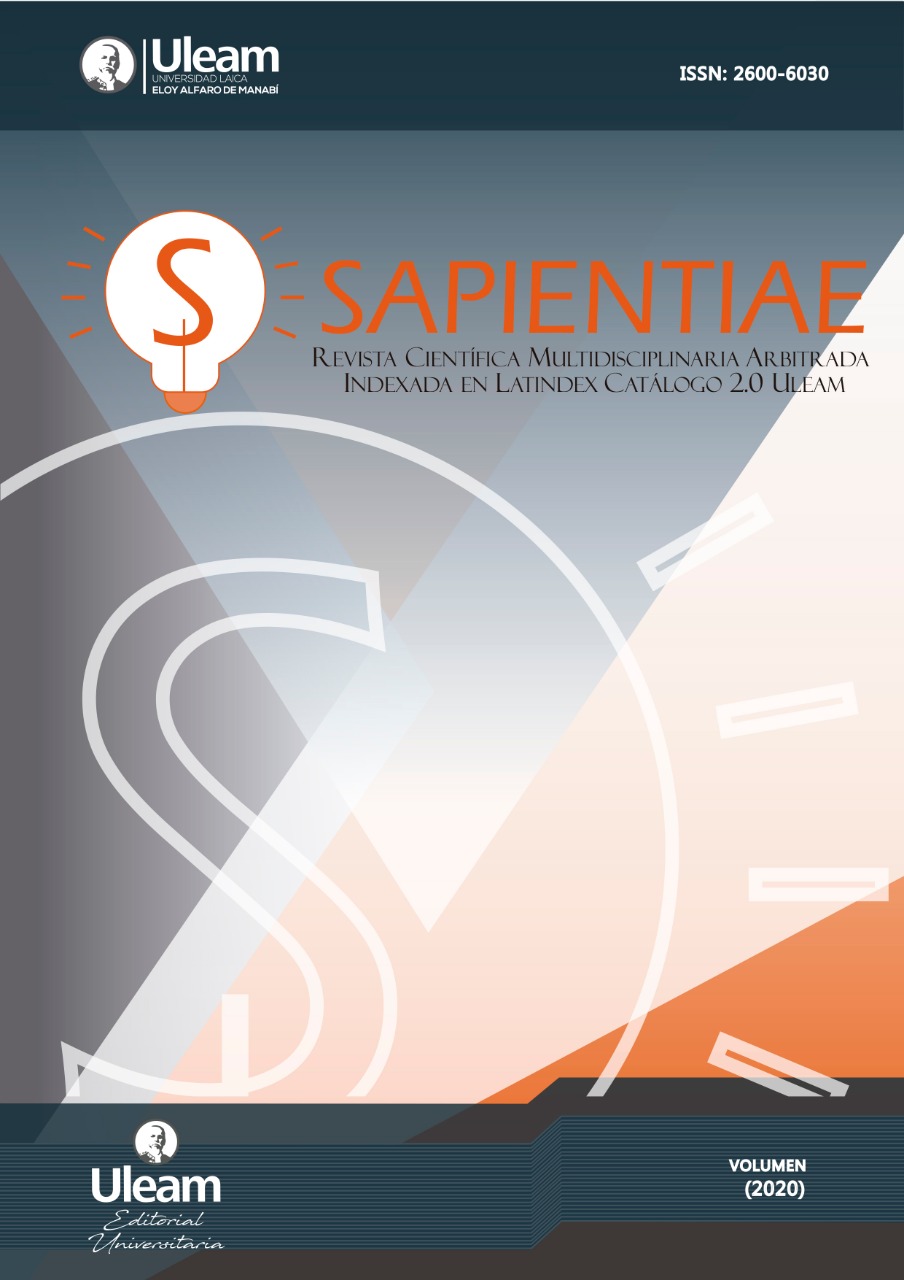
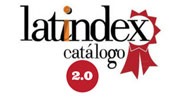
2.jpg)


